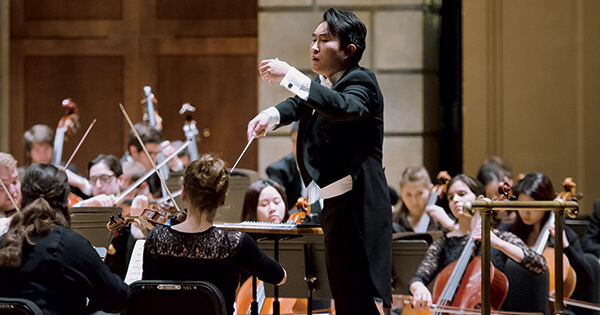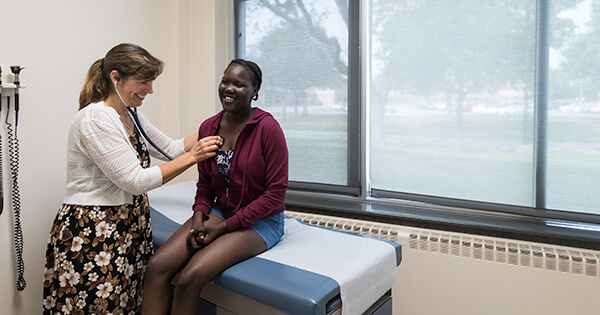URMC and the HPV Vaccine
URMC and the HPV Vaccine
Researchers at the University of Rochester Medical Center (URMC) played a vital role in developing the vaccine that prevents the Human Papillomavirus (HPV)—the most common sexually transmitted infections in the U.S.
Getting the HPV vaccine substantially reduces a woman’s risk of precancerous growths and cervical cancer, which is the fourth most common cancer in women. In men, the HPV vaccine may prevent genital warts, penile cancer, anal cancer, and the spread of HPV to sexual partners. The American Academy of Pediatrics now recommends the HPV vaccine for all 11- and 12-year-old children as part of their adolescent immunization schedule.
“Any vaccine that is successful at preventing infection from the most prevalent cancer-causing type of HPV relies on technology developed here at URMC.”
—Robert Rose, PhD
The trio involved in this pioneering research—virologists Richard Reichman, MD, William Bonnez, MD, and Robert Rose, PhD—created virus-like particles that mimicked HPV 16, the type of HPV that causes the majority of all cancers related to HPV. This includes about 50 percent of cervical cancers and more than 90 percent of neck and throat cancers. This breakthrough lies at the heart of the HPV vaccine, which first became available in 2005. Today, two are available: Gardasil, made by Merck & Co., and Cervarix, made by GlaxoSmithKline.
According to the Center for Disease Control, HPV infections and cervical pre-cancers have decreased significantly since the vaccine has been in use. For instance, among vaccinated women, the percentage of cervical pre-cancers has dropped by 40 percent.
Kristine Thompson, January 2020





